Minds On
In space
Consider an astronaut in space. What do they need to survive?
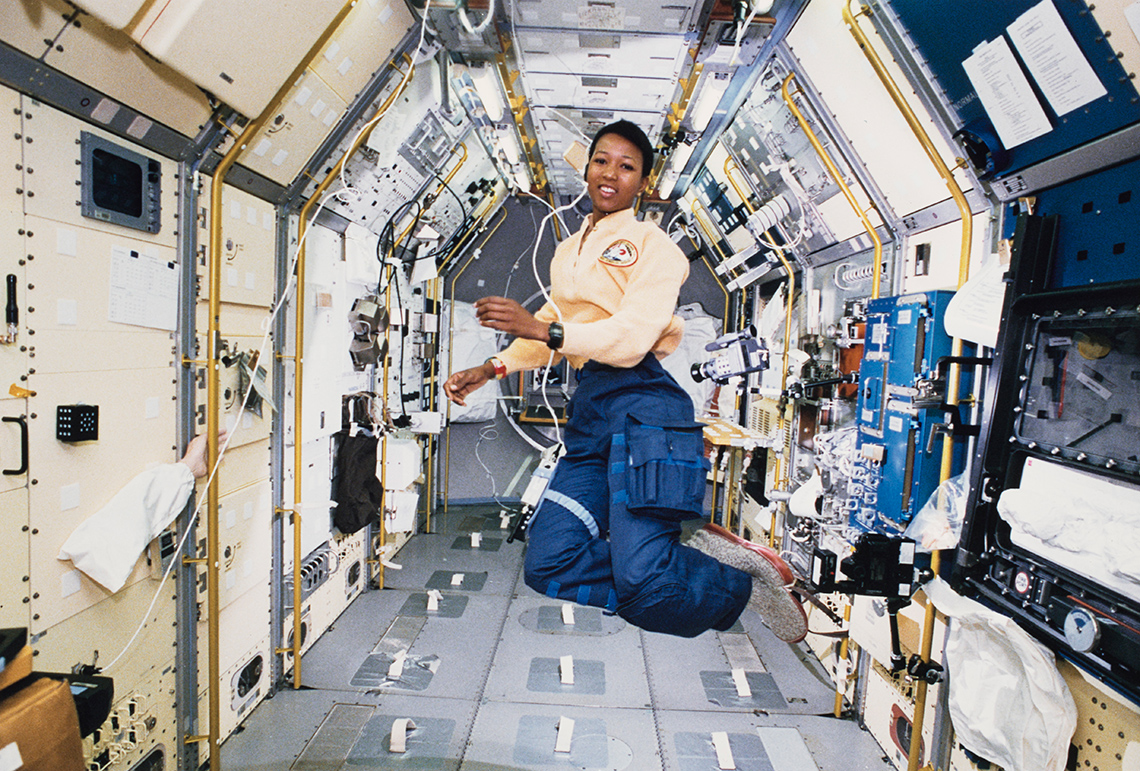
Just as they do on Earth, astronauts in space have certain basic human needs: eating, breathing, sleeping, and using the bathroom.
So, how might they maintain adequate supplies of matter, such as oxygen, water, and food, that they need to live?
Brainstorm
Brainstorm

Let’s brainstorm about the following:
How do astronauts maintain their supplies in space?
Create and record a list of your ideas in a notebook or another method of your choice.
If possible, share your ideas with a partner.
Action
Matter
Astronauts have the important task of maintaining the supply of certain matter, like oxygen, water, and food, in order to survive in space.
So, what exactly is matter?
Matter is anything that takes up space and has mass. All substances and materials can be called matter.
In previous grades, we have learned that there are three states of matter: solids, liquids, and gases.
Let’s explore the following image:

A diagram showing the three states of matter using water: solid ice, liquid water, and gas as steam. The water particles are packed tightly for ice, somewhat loosely for water, and very loosely for steam. The temperature also changes from cool to warm to hot as we move from solid to gas.
Matter on Earth
Earth is a closed system, so a system where no new matter can enter, and no matter can leave. The amount of carbon, water, oxygen, hydrogen, and nitrogen on Earth are the same now as they were when dinosaurs were alive!
However, organisms are continuously using these materials to stay alive.
So, how do the same amounts of matter remain on Earth over a long period of time?
Through matter cycling!
Matter cycling refers to how the Earth’s matter changes states and forms in a pattern that constantly repeats over time. In other words, the Earth’s matter has been recycled many times throughout history.
Matter cycling can be broken down into three individual cycles:
- the carbon cycle
- the water cycle
- the nitrogen cycle
Carbon cycle
Check out the following image to explore and learn more about the carbon cycle.

The CO2 cycle begins with carbon in the atmosphere. This comes from animal respiration, auto and factory emissions, and other sources. This carbon turns into organic carbon in organisms like trees, which breathe carbon. Then, it ends up in the ground from dead organisms, waste products, and decayed organisms, where it turns into fossils and fossil fuels deep underground. From there, carbon is absorbed by the ocean, where it makes its way to the roots of plants, and back up into the atmosphere.
Carbon is a chemical element forming 18% of all matter in living things. It provides most of the energy humans use to survive. The two main forms of pure natural carbon are the minerals diamond and graphite. All living things require this cycle.
Press the following tabs to access the four main steps of the carbon cycle.
Carbon dioxide in the atmosphere is used up by plants, along with sunlight and water, for energy and growth. The carbon then becomes part of the plant.
Animals then eat the plants, breathe in the oxygen, and breathe out carbon dioxide gas.
Plants and animal die and decompose, which eventually turns into fossil fuels made of carbon, like coal and oil (over millions of years).
When humans burn fossil fuels, most of the carbon quickly enters the atmosphere as carbon dioxide.
Water cycle
Check out the following image to explore and learn more about the water cycle.

This water cycle diagram features the sun in the top left corner and a directional arrow pointing towards the right against a group of clouds labelled “condensation,” followed by a dark grey group of clouds in the top right corner. Underneath the grey clouds is a downward arrow labeled “precipitation” that shows rainfall onto trees and into a river. An arrow points towards the left along the river with the label “collection,” and a final upward-pointing arrow labelled “evaporation” shows air rising up from the water towards the sun in the top left corner.
Water is always on the move! Water keeps all living things alive and moves in a cycle.
Press the following tabs to access the three main steps of the water cycle.
Evaporation is the change in state from a liquid to a gas.
As the sun’s energy warms up oceans, lakes, and rivers, some of the water evaporates to form water vapour. This water vapour rises into the atmosphere.
The water then changes from gas to liquid, also known as condensation, which falls back down from the sky as precipitation (rain, snow, etc.).
Precipitation seeps into the ground and can be trapped there for years as groundwater, or it is collected by large bodies of water where it eventually evaporates back into the atmosphere.
Nitrogen cycle
Check out the following image to explore and learn more about the nitrogen cycle.

A diagram of the nitrogen cycle showing how nitrogen changes from atmospheric nitrogen in the air (N2) to nitrates in the soil (NH4+ to NO2- to NO3-) for use in plants, then back into the air with denitrification. The nitrogen cycle affects the atmosphere, the soil, plants and animals, bacteria, and surface water.
80% of the air in our atmosphere is made of nitrogen. The most important part of the cycle is bacteria, which help the nitrogen change between states so that it can be used.
Press the following tabs to access the four key steps of the nitrogen cycle.
Fixation is the first step in the process of making nitrogen usable by plants.
Nitrification is the process in which the nitrogen gets changed into nitrates that can be absorbed by plants.
When plants and animals die and decay, decomposers like fungi and bacteria turn the nitrogen back into ammonium, so it can re-enter the nitrogen cycle.
Extra nitrogen in the soil gets put back into the air through denitrification.
Learning check!
Matter cycling: Human contributions

So far, it has been discussed how Earth is huge and almost all the matter on this planet was here when it was first formed. The matter of the Earth mostly stays on Earth, and just moves from place to place through the process called matter cycling.
Press ‘Let’s Check!’ to access details about mattery cycling.
Matter cycling refers to how the Earth’s matter changes states and forms in a pattern that constantly repeats over time. In other words, the Earth’s matter has been recycled many times throughout history.
Understanding these repeating natural patterns can help humans make responsible decisions about how to access and interact with the Earth’s resources.
One example of this includes composting and crop rotation. They are both agricultural methods that use decomposition (carbon cycle!) to help restore nutrients in the Earth’s soil.
Did You Know?
Did you know?
Not all examples of matter cycling are positive.
Certain kinds of human activity can disrupt the Earth’s natural cycles of renewal, and various humanmade cycling processes have had harmful results.
Check out the following table for a few positive and negative human contributions to matter cycling.
| Examples of Human Contributions to Matter Cycling | |
| Positive | Negative |
|
|
Independent research
Explore this video to learn about the steps of the Scientific Research Process.
For this learning activity, we will focus on the “research” and “record” steps.
The goal of the independent research is to be able to describe how each process works, why each is considered an example of matter cycling, and finally, why it is considered either a negative or positive example.
For the independent research, choose one positive and one negative example of human contributions to matter cycling from the following table:
|
Examples of Human Contributions to Matter Cycling |
|
|
Positive |
Negative |
|
|
Consider the following:
- What is it?
- How is it an example of matter cycling?
- Why is it negative or positive?
Complete the Positive and Negative Examples of Matter Cycling in your notebook or using the following fillable and printable document. If you would like, you can use speech-to-text or audio recording tools to record your thoughts.
|
A positive example of matter cycling: |
||
|
What is it? (Describe it) |
How is it an example of matter cycling? |
Why is it negative or positive? |
|
A negative example of matter cycling: |
||
|
What is it? (Describe it) |
How is it an example of matter cycling? |
Why is it negative or positive? |
Press the ‘Activity’ button to access Positive and Negative Examples of Matter Cycling.
When you’ve completed the task, press ‘Let’s Check!’ to access possible responses.
Check out the Completed Positive and Negative Examples of Matter Cycling with possible responses. If you would like, you may cross-check the responses with your “Positive and Negative Examples of Matter Cycling” activity sheet.
|
What is it? (Describe it) |
How is it an example of matter cycling? |
Why is it negative or positive? |
|
Composting is when humans save food waste (i.e., vegetable scraps, eggshells) or manure and once it has broken down, they use it to grow plants. |
This is an example of matter cycling because the matter of food scraps decomposes into soil and that soil is then used to grow plants and new vegetables. |
This is positive because it returns the nutrients to the ground and ecosystems and reduces the amount of waste that accumulates in landfills. |
|
Crop rotation is the process where farmers change the crop that is grown in a particular area each season. |
This is an example of matter cycling because it maintains the natural balance of the ecosystem. |
This is positive because crop rotation protects the nutrients in the soil as different crops use different nutrients. Also, sometimes farmers leave land uncultivated for a season, which means no crops grow at all, to rebuild nutrients and improve crop growth. |
|
Worm bins are an alternative to composting that involves allowing worms to break down material to produce compost. |
This is an example of matter cycling because the worms break down the food scraps and other materials and add nutrients back to the soil and the soil is used to grow new plants or vegetables. |
This is positive because it speeds up the process of composting, reduces food waste, and returns nutrients to the ground. |
|
Fertilizer run off is when nutrients from fertilized soil run off farmland into nearby streams or rivers. |
This is an example of cycling of matter because the nutrients go into the water and the water follows the water cycle with the nutrients in it. |
This is negative because it causes a lot of algae which reduces oxygen levels and may threaten the life of animals. |
|
Bioaccumulation is when substances build up in an animal as they pass through the food chain. |
This is an example of cycling of matter because an animal would eat a plant containing pesticides and then pass these pesticides along to another animal who eats it. |
This is negative because the level of pesticides slowly increases in their bodies as they eat more and then the predator ends up eating much more of the pesticides at once. This can cause death or poor health. |
Press the ‘Activity’ button to access Completed Positive and Negative Examples of Matter Cycling.
Composting
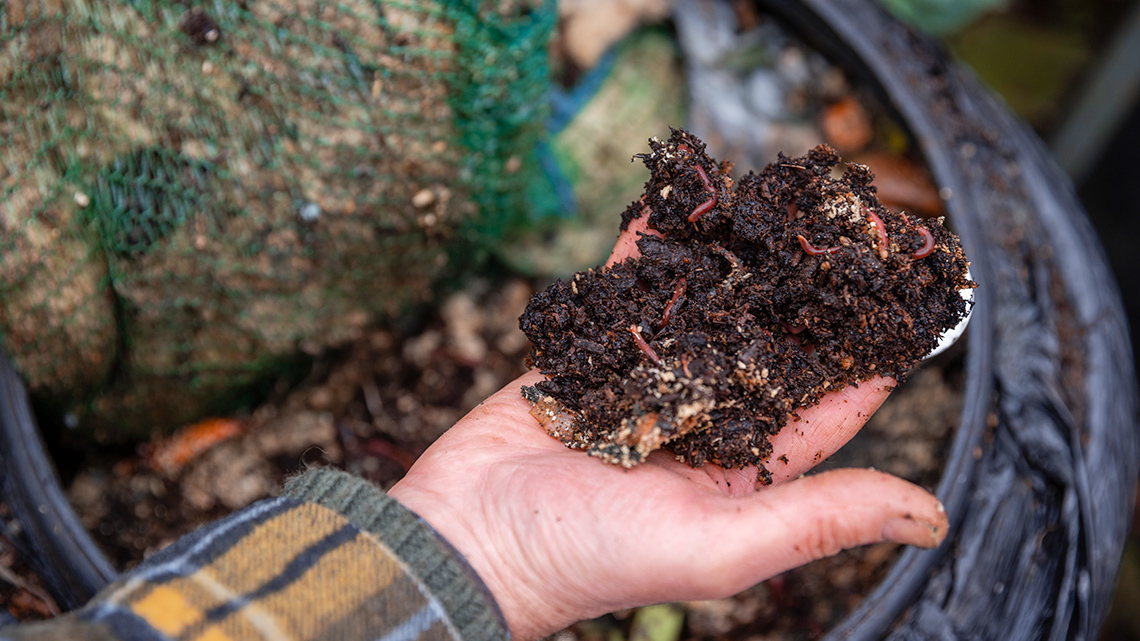
Fun fact: Worms can eat half their weight in food every day!
Did you know that this impressive fact inspired one of the more effective and environmentally-friendly methods of matter cycling used by humans?
The process of composting was previously explored as a positive example of matter cycling, but there is another version of this process known as vermicomposting, which takes advantage of the earthworm’s remarkable appetite.
Exploring methods of composting is essential to learning about how humans can cycle matter in responsible ways.
Press the following tabs to access various methods of composting.
This is the process of using worms to process organic food waste and produce vermicompost, which is a great plant fertilizer. Vermicomposting is a sustainable waste management strategy that speeds up the biodegradation process.
Biodegradation refers to the process in which organic substances are broken down into smaller compounds by living organisms.
Sustainability
It is important to consider sustainability when exploring the various matter cycling practices that have been adapted by humans.
Sustainability is a process that can be maintained without interruption, weakening, or loss of valued qualities. Sustainability ensures that a population remains within the carrying capacity of its environment.
Composting and sustainability
Composting is one method that promotes sustainability and helps to preserve the planet. Compost reduces the need for chemical-based fertilizers that contribute to pollution, and instead helps with reforestation, wetland restoration, and habitat restoration.
By composting, less trash and household waste are sent to the already overflowing landfills, also reducing the number of harmful gases released into the atmosphere.
Because composting is a humanmade matter cycling process, it is especially relevant tool of sustainability in the cities, communities, and developments where the largest clusters of people live.
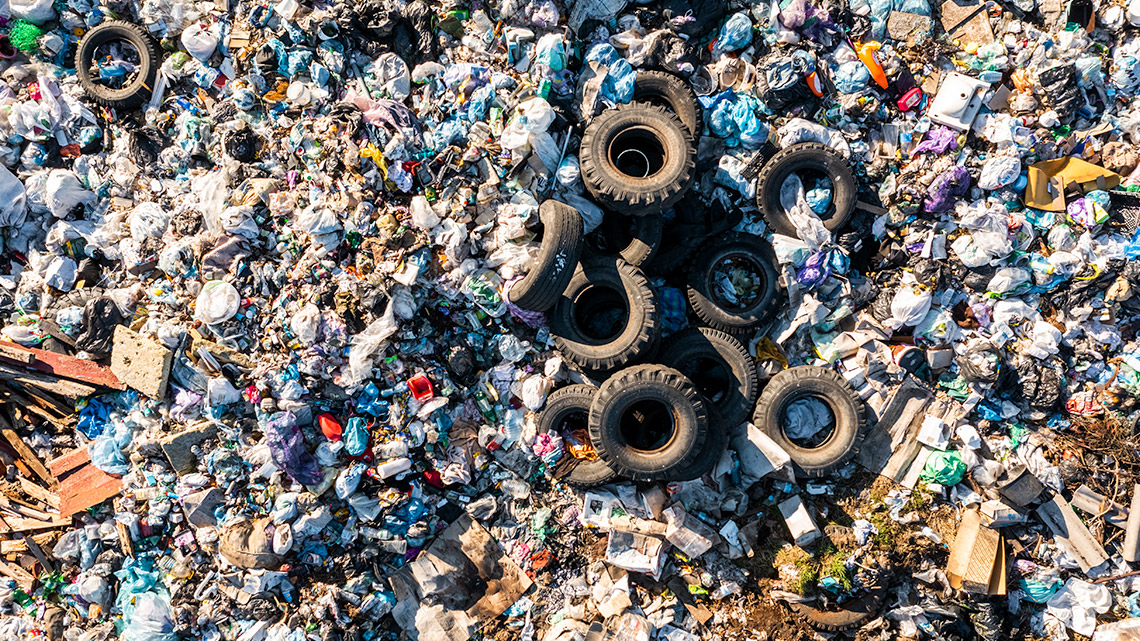
Global connection
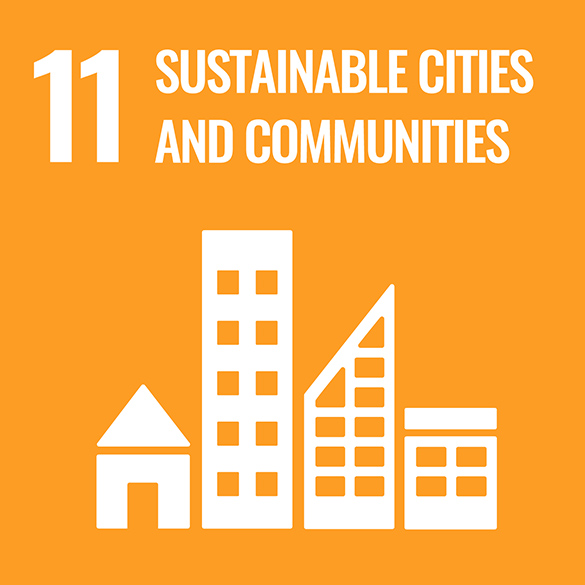
The United Nations (UN) is a group of many countries from around the world that have come together to create a better future for people and the environment. They have created 17 goals called the Sustainable Development Goals.
This learning activity is connected to Goal #11: Sustainable Cities and Communities. This means that our cities and communities should be inclusive, safe, resilient, and sustainable. Communities that are not sustainable can lead to pollution, unrest, insecurity, lack of economic growth, and more.
Digging deeper
To gain a deeper understanding of how humans contribute to matter cycling, we will explore the example of vermicomposting even further. With the following three steps, you will prepare and design your own vermicomposting experiment!
Press the following tabs to explore three steps to designing a vermicomposting experiment.
The goal is define the problem and context.
In this experiment, you will be investigating one sustainable way of managing food waste (vermicomposting). This is important when planning for a sustainable future and combating the overflow of landfill.
Vermicomposting changes the soil and increases the rate at which food scraps are composted.
During your initial research, consider the following:
- What is involved in the process of vermicomposting?
- What about the lifecycle, diet, and other basic needs of a worm?
- How does vermicomposting reduce personal waste?
Record your thoughts and findings in a notebook or another method of your choice.
When attempting to predict the results of an experiment, or “formulate a hypothesis,” scientists draw on their prior knowledge to give them hint.
Recall the information presented throughout this learning activity:
- What might someone need to create their own vermicompost?
- What might happen once it is set up?
- What kinds of details could someone observe?
Record your ideas and hypothesis in a notebook or another method of your choice.
Consider the following points to guide your hypothesis:
- consider the background knowledge you have about composting and how it connects to vermicomposting
- generate a prediction about what might happen if you were observing a vermicompost
Think about how you would design and build a successful site for a vermicompost.
Access the following video clips to guide your thinking in designing your own experiment.
After exploring the previous videos, consider the following:
- What materials would you need to make a compost?
- Where would be a good location to build a compost? Why?
- What are some of the similarities and differences you noticed between the composts in the videos?
- How would you measure the success of your compost?
You may record your ideas in the organizer, “Think Like A Scientist!” or in another method of your choice.
Complete Think Like A Scientist! in your notebook or using the following fillable and printable document. If you would like, you can use speech-to-text or audio recording tools to record your thoughts.
|
What materials would you need to make a compost? |
|
|
Where would be a good location to build a compost? Why? |
|
|
What are some of the similarities and differences you noticed between the composts in the videos? |
|
|
How would you measure the success of your compost? |
Press the ‘Activity’ button to access Think Like A Scientist!.
Consolidation
Review your learning
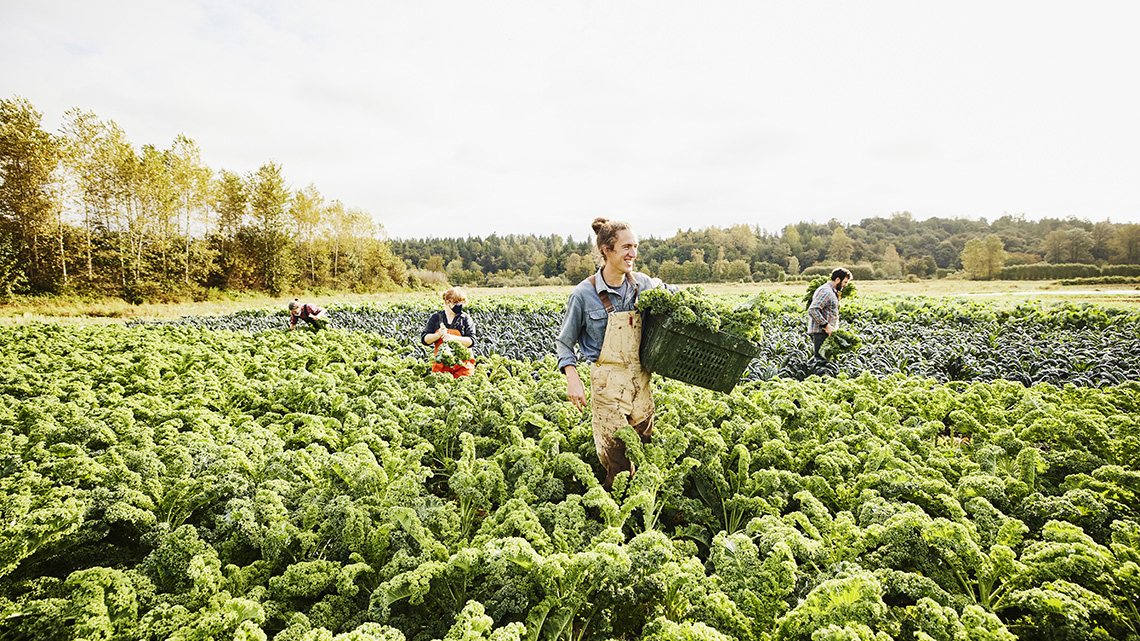
Because humans rely on various forms of matter cycling to access Earth’s resources for survival, it is crucial to consider matter cycling in connection with sustainability.
Select the correct answer, then press “Check Answer” to see how you did.
Pause and Reflect
Pause and reflect
Throughout this learning activity, we explored important connections between matter cycling and environmental sustainability, and composting as a positive example of matter cycling.
Let’s reflect on the following questions:
- Explain the carbon, nitrogen, and water cycles in your own words.
- Why is matter cycling important to our environment?
- How might someone know if a compost experiment was successful or not? What clues might indicate this?
Record your responses in a notebook or another method of your choice.
Reflection
As you read the following descriptions, select the one that best describes your current understanding of the learning in this activity. Press the corresponding button once you have made your choice.
I feel…
Now, expand on your ideas by recording your thoughts using a voice recorder, speech-to-text, or writing tool.
When you review your notes on this learning activity later, reflect on whether you would select a different description based on your further review of the material in this learning activity.
Press ‘Discover More’ to extend your skills.
Discover MoreLet’s try it!
Let’s perform and record your own worm bin experiment!
Would you like to put your vermicomposting experiment design to use?
But first, let’s explore this video to learn about the steps of the Scientific Research Process.
Please note that this will take you approximately one hour to set up, and it is recommended that you make observations over a few months.
Safety
Before you begin, consider these safety precautions:
To prepare for this experiment, access the following document, Performing the Vermicompost Experiment to guide you through the steps and materials needed to perform this independent investigation.
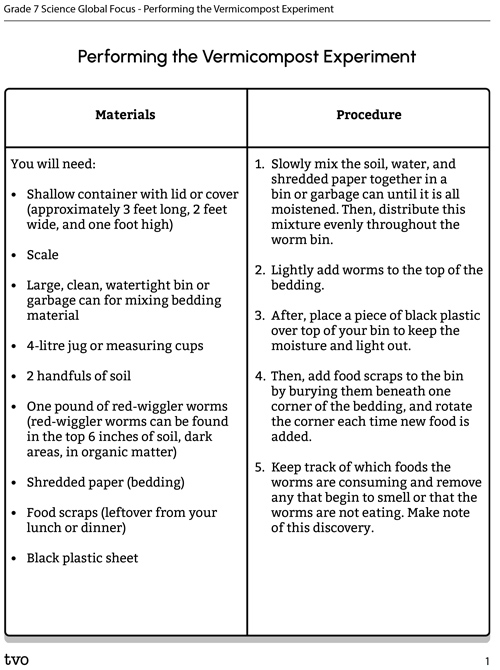
Press the Activity button to access Performing the Vermicompost Experiment.
Activity (Open PDF in a new tab)Analyze and interpret
Let’s analyze and interpret our conclusions with the following questions:
- How does composting affect waste generation? How does it promote sustainability?
- If you were to do this experiment again, what would you do differently?
Record your ideas in a notebook or another method of your choice.
You may also use the following checklist to guide your analysis.